This is the fourth and final part of a series entitled “Moving On.” The Old Gold & Black published previous sections throughout the remainder of the semester, which can also be found on our website.
Lawson is sprawled out, face-up, flat on the floor. His face is tinged bright red. He’s frustrated. He’s tired.
“Ain’t No Mountain” crackles out of an old CD player in the corner while Lawson and five fellow movement therapy participants struggle up from blue mats spread across the floor. They all make the same motions, a well-rehearsed choreography designed to help them recover from a fall at home.
“It’s not if you’re gonna fall down,” the movement therapist’s voice cuts through their grunts, “it’s when you’re gonna fall down!”
First, a knee bends upwards. Then Lawson throws his opposite arm over his body and uses the momentum to roll onto his stomach. Now face-down, he crawls forward on his cushioned mat toward a chair several feet away. At the base of the chair he takes just a moment to breathe and collect himself. Then, he puts his hands on each side of the chair, making sure that it will remain stable, and his face turns to a darker red as he strains himself to pull his body off the ground. After a few exasperating seconds, his feet are under him again and you can see the pleasure in his face.
“Looking good, Keith!” calls out the therapist. “Now let’s see if you can do three more before the song is over!” The satisfaction drains from Lawson’s face.
But what replaces it is not anger; it’s determination. This is his workout. He walks back to the blue mat and allows himself to slowly collapse back down to the ground. Then, he raises a knee and throws an arm across his body.
It’s been three years now since his diagnosis. His days are busy again. When you ask for a good date to meet with him, you get weekly schedules like this:
2/25 9-10 a.m. Movement Therapy
2/25 1-2 p.m. Support Group Meeting
2/26 10-11 a.m. Parkinson’s Therapy
2/26 11-1:30 p.m. Movement Day Committee Mtg.
2/27 thru 3/2 In Miami for a PD Training Class
3/4 9-10 a.m. Movement Therapy
3/5 10-11 a.m. Parkinson’s Therapy
3/5 1:30-3 p.m. Rock Steady Boxing
3/7 thru 3/9 Out of town with Parkinson’s Foundation
This movement class is just one in a regime of different therapies he regularly attends. On different days he’s boxing, performing interpretive dance or hosting dinners and conversations with his local support group.
“After all those months reading bad stuff on the internet, I found a post on a Parkinson’s community Facebook group,” Lawson recalled. That post linked to an article about the importance of proactive therapy for Parkinson’s patients. It explained how movement therapies don’t just treat symptoms that already exist, but that therapy can actually slow down the progression of symptoms so that people can maintain their mobility later into their lives. That Facebook group might have been Lawson’s saving grace. “Finally, someone was saying something with some hope. Finally, it was something I could get behind and do.”
His first therapy class was part of an improvisational dance class taught for people with Parkinson’s by Wake Forest dance professor Christina Soriano. “I was skeptical going into it for sure,” recalls Lawson, “but immediately everyone in there made me feel so comfortable. All of a sudden I was just dancing.” He says that music has come to play an important part in his life since his diagnosis, something that many who experience dementia and other neurodegenerative disorders agree with. Together, his movement therapies and music restore in him a clarity and energy that the disease steals away.
After class, Lawson takes the time to speak individually with each of his fellow members. A few more people say hello to him on his way out of the building. Just like before, he’s constantly moving or talking, often both at the same time.
“I know that when I leave therapy, I feel like a totally different person,” he said. “The good feelings don’t ever totally last. A day or two without therapy, and depression is already creeping back, but when I go to therapy, it’s a really good day.”
The friends who left him after his diagnosis never came back. Instead, Lawson has embraced a new community full of caregivers, supporters, therapists and plenty of others with the same disease. The problem is, they weren’t easy to find.
Over 40 million people per year access online support groups for various health conditions, according to the Pew Research Center, but at the time of his diagnosis, Lawson’s local Parkinson’s group still didn’t have a website. Left without any support recommendations from his neurologist, it took months for Lawson to discover groups for people like him. It wasn’t until coming across that Facebook group that he finally had the two most important resources for someone newly diagnosed with a chronic disease: a community and a plan of action.
That group led him to others and then, eventually, to a local support group in his area for a face-to-face community. That brought him to people who could understand the things he felt, but even then, it took time for Lawson to get comfortable around others with the disease. This was especially difficult because, at 57 years old, Lawson is young for most of those afflicted by Parkinson’s. He remembers the first event he attended, a Memorial Day cookout for people with Parkinson’s and their supporters. “I showed up there, and I saw a lot of people that looked a lot worse than I was,” he said. He saw people constrained to wheelchairs. He saw people who needed help to eat, drink or play any of the games set up for them. He saw his own potential future, and it scared him.
“At that time, I was still only seeing the negatives in everything,” he says now. “In them, I saw those symptoms from the websites, and I saw myself.” After that, Lawson didn’t return to the group for a few weeks. He was still struggling to break through the mindset he had built up in the months since his diagnosis. “It took me a lot of work, but eventually I understood that it was up to me to dig myself out from there,” Lawson said.
When he returned back to the support group, he started to shift how he thought about his situation. “I started flipping that mental image around. It isn’t about me sitting around until I become like those people. I ought to be using what I have now to make a difference and help them and anyone else I can.”
Since that shift, Lawson has quickly grown into leadership roles in most of his therapy and support groups. He regularly responds to posts in Facebook groups, and he’s quick to offer his phone number to anyone in need of someone to talk to. He’s building a website for his support group so more people can find it without the months of waiting he endured. Everything he does is in service of preventing others from going down the same path he first wandered into.
His biggest push has been for getting more information into doctor’s offices, like the one he’s still visiting for regular checkups. Educating providers to better handle Parkinson’s diagnoses is the best-case scenario, but Lawson also envisions explainer pamphlets and resource guides in every office. He wants to connect the newly diagnosed with as many actionable resources as possible, not just a list of symptoms to expect.
Now when Lawson attends local events, he’s a hard man to get ahold of for very long. He bounces from working with program coordinators to watching therapy demonstrations, catching up with old friends in the community and listening to strangers tell their own stories.
At Winston-Salem’s second annual Parkinson’s Moving Day last spring, Lawson was a keynote speaker in the opening ceremony and one of the event’s leading fundraisers. Under a clear blue sky and in front of hundreds of people who have all been affected by this disease, either directly or through a loved one, Lawson recounted his experiences and lessons learned.
He spoke on the importance of communication, trying out new therapies and embracing community to combat the isolation that Parkinson’s brings. He encouraged for those with the disease to become their own advocates and to build up their support teams with people who care for them.
Most importantly, he advocated that they all keep moving, as much and as often as they could manage. Underneath his voice, the tune of “YMCA” began to build. Fellow coordinators and fundraisers took the stage beside him and, all together, they danced. In front of them, hundreds of others joined in on the movement. Their bodies all swayed in their own time with the music. Some with the disease struggled to match the tempo, but they didn’t seem to care. Even Lawson, on stage, stumbled for a moment. He caught himself and laughed as he jumped back in sync with the rest of the crowd. He and the rest of his community all know the question isn’t if they stumble, but when they stumble. And then, they’ll get back up and keep on moving.


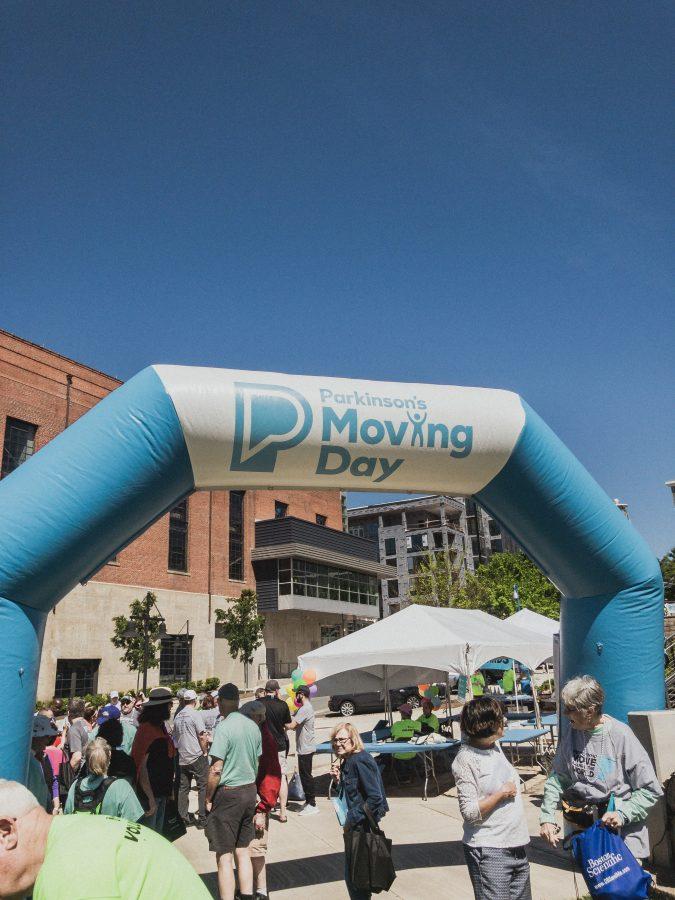
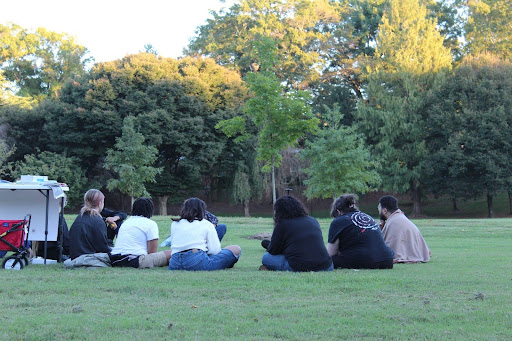
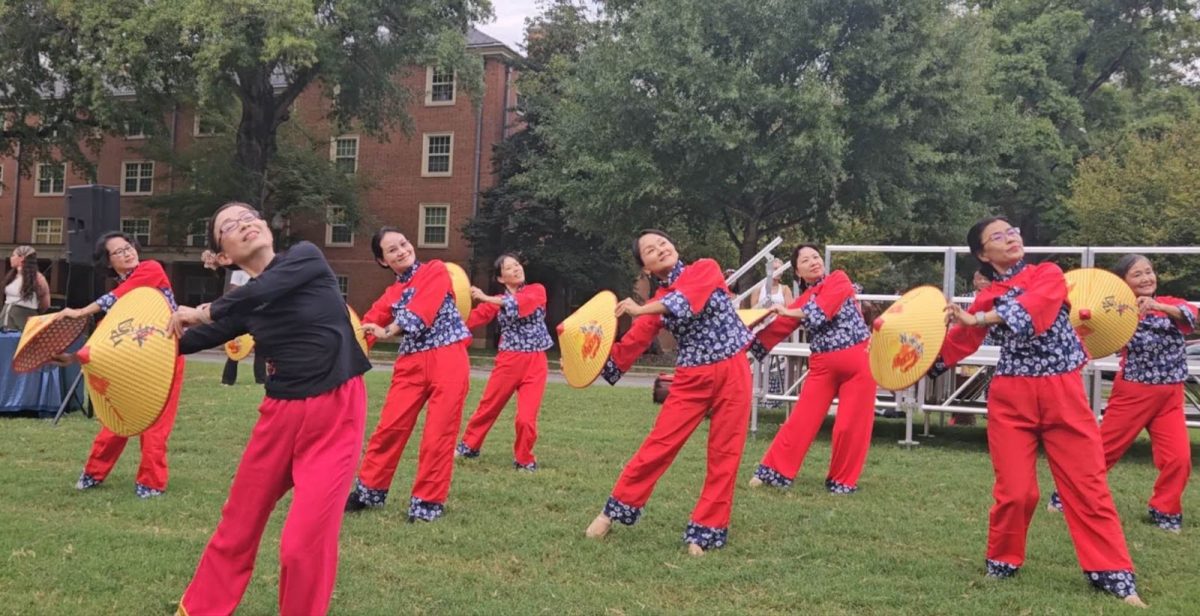
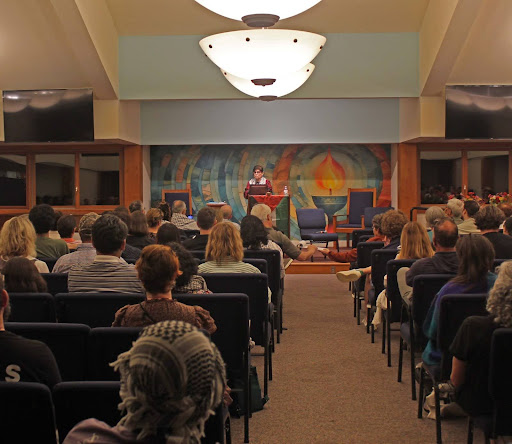
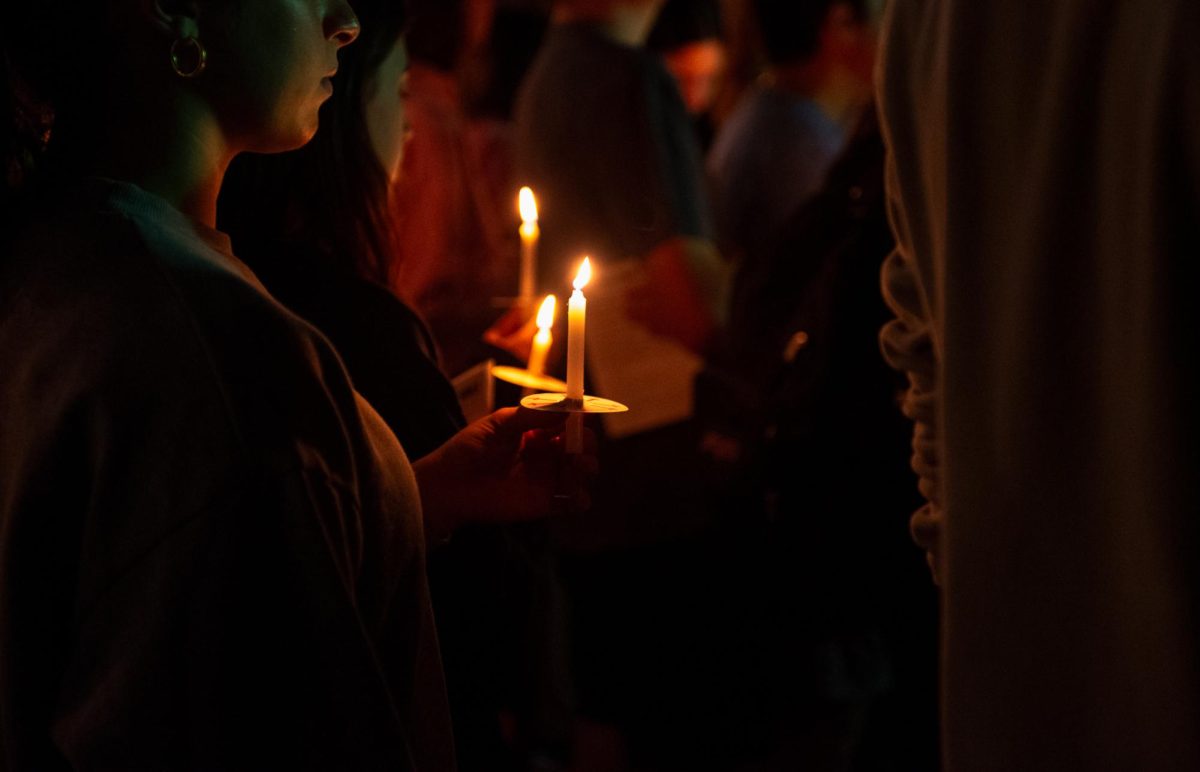

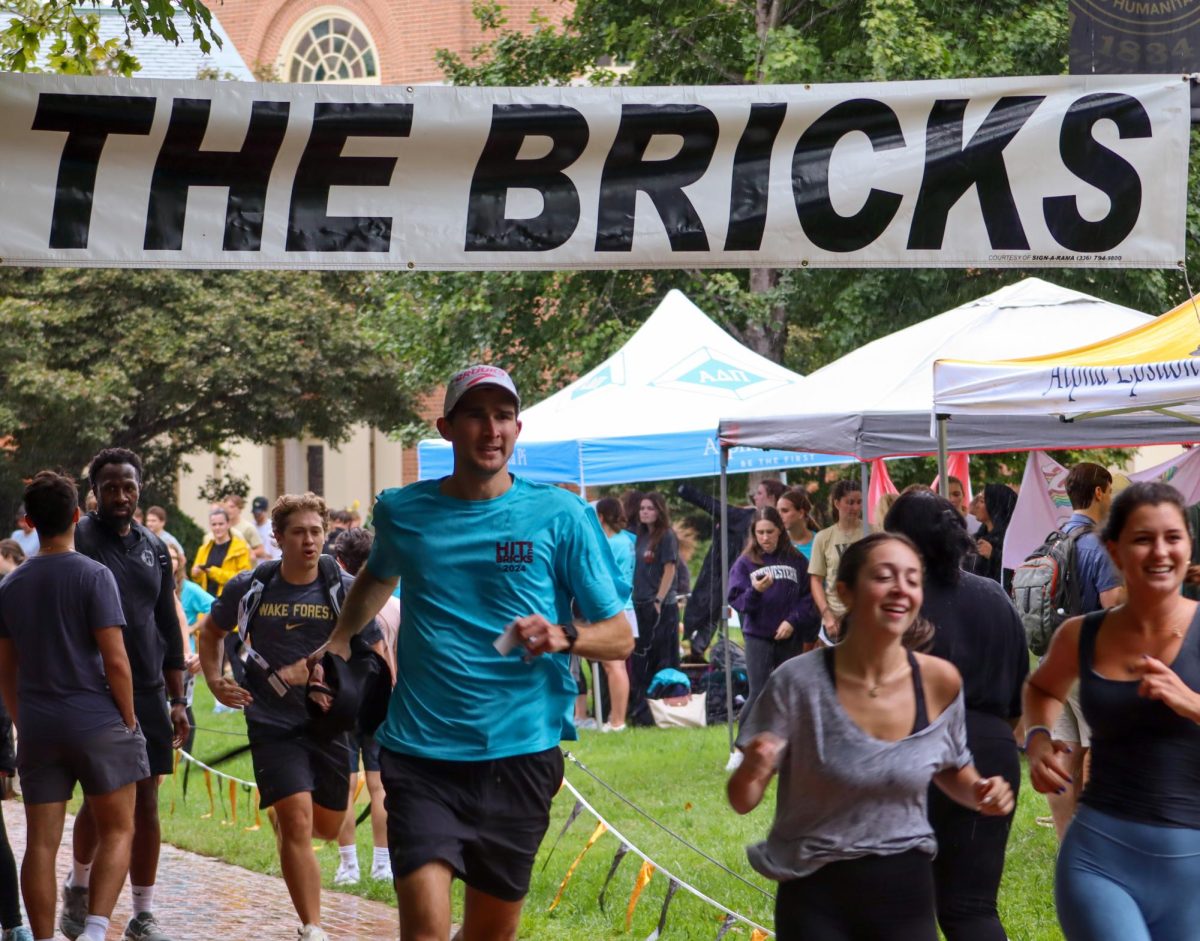
mary belinda • Jul 18, 2021 at 2:54 pm
My husband was diagnosed of Parkinsons disease 2 years ago, when he was 59. He had a stooped posture, tremors, right arm does not move and also a pulsating feeling in his body. He was placed on Senemet for 8 months and then Siferol was introduced and replaced the Senemet, during this time span he was also diagnosed with dementia. He started having hallucinations, lost touch with reality. Suspecting it was the medication I took him off the Siferol (with the doctor’s knowledge) him on PD natural herbal formula we ordered from TREE OF LIFE HEALTH CLINIC, his symptoms totally declined over a 3 weeks use of the TREE OF LIFE HEALTH Parkinson’s disease natural herbal formula. He is now almost 61 and doing very well, the disease is totally reversed! (w w w. treeoflifeherbalclinic .com)
Amy Grahams • Mar 31, 2021 at 5:56 am
I was placed on Sinemet 3 times daily, it helped me but not very much. My neurologist advised me to try natural treatments and introduced me to Mayaka Clinic Parkinsons Disease Herbal formula, I read alot of positive reviews from other patients who used the treatment and i immediately started on the treatment. I had great improvement and relief with this treatment, total decline of symptoms. Great improvement with speech, co-ordination, balance, muscle, mood etc, I gained back my life with this treatment and can never be thankful enough. Visit Mayaka Natural Clinic official website ww w. mayakanaturalclinic. com